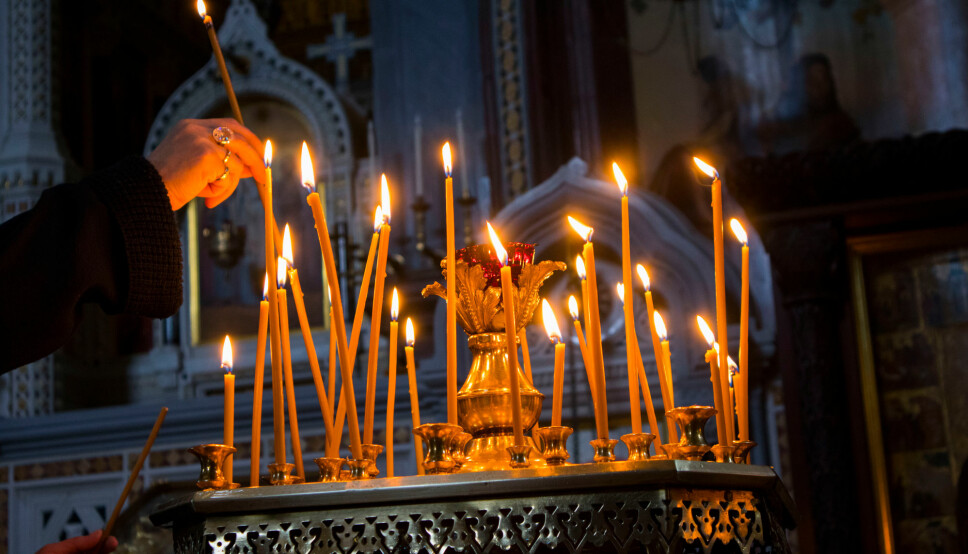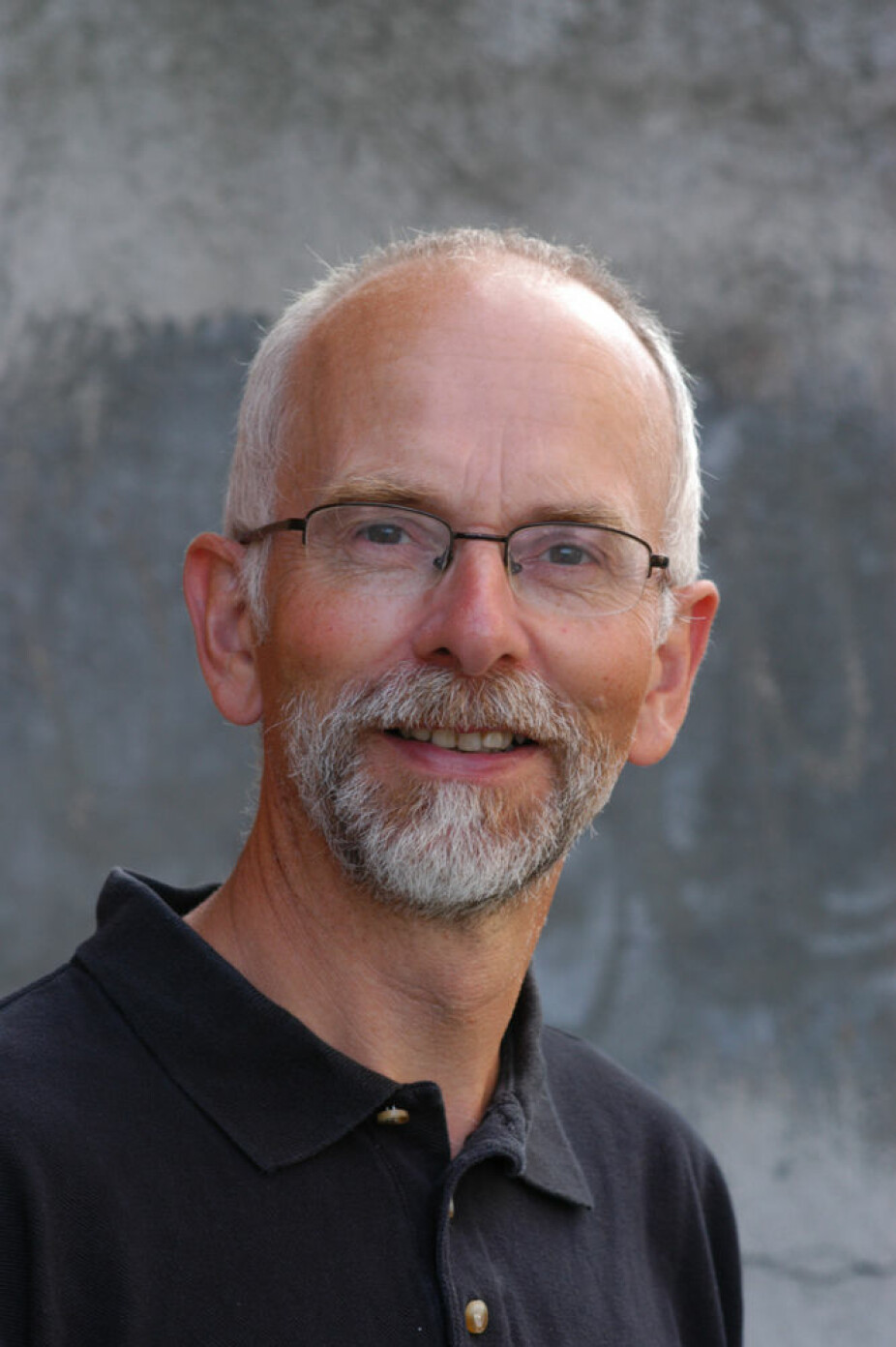
Here’s how the beliefs of Christians and atheists change over a lifetime
One researcher followed 13 people for 22 years. He saw that they became more humble and pragmatic.
Erling Birkedal was interested in how people's religiosity and outlook on life develops throughout their lives. He started with a group of 13-year-olds — more than two decades ago.
Now he knows how they changed over time.
The young people Birkedal met and interviewed in connection with the research for his doctorate were both believers and atheists.
Today, Birkedal can see how religiosity is above all about people's search for something meaningful or sacred.
He also clearly sees how deciding what is meaningful in life differs from person to person.
“I have gained more respect for the variation among people,” says Birkedal, who is now a researcher at the Norwegian School of Theology, Religion and Society.
Following these teenagers well into adulthood has also made him more open and responsive.
“I have gained more respect for the fact that it is not possible to categorize people and say: Here’s how believers are and here’s how atheists are. There are no average people, only unique people,” he said.
Became more humble and pragmatic
When Birkedal finished his doctorate, he asked the young people he had studied if he could come back to them later in life. The request resulted in new meetings with them when they were 14-15 years old, in their mid-20s, and most recently in their mid-30s.
His study has resulted in the new book, "Religiøsitet fra barndom til voksen” (Religiosity from childhood to adulthood).
“I was inspired by the late Norwegian psychologist Sol Seim, who studied the development of the personality of the same group of people from the age of 13 until they were 70,” he says.

Birkedal hopes that a younger researcher will eventually take over the project and follow his study subjects for the rest of their lives.
He now believes that it’s impossible to say anything general about a sample of only 13 people. His book is therefore largely a presentation of the different people and their life stories.
Birkedal nevertheless offers some observations about the common characteristics of the young people he followed from age 13 until they were 35.
“Everyone has become more pragmatic and humble over the years,” he said.
Popular and adapted to religiosity
Birkedal’s assessment agrees well with the change in popular religiosity that has been documented by other religious scholars.
Being religious no longer means agreeing to or participating in an organized religion or denomination. Official ecclesiastical theology has been weakened. Instead, there has been a movement in the direction of the religion of humanity, Birkedal believes.
When "Anne" is asked what is important in her faith, she links this to kindness and caring for people.
“It is the generosity and the humanity he (Jesus) showed everyone around him… Everyone is equally valuable. Everyone has the right to have… we all have the same starting point, and we must take care of each other…”
Several of the study subjects who Birkedal followed until they were 35 years old were sceptical of being labelled with a particular religion and pigeonholed. But they were interested in visiting church buildings and other religious buildings as tourists.
Even those who grew up in religious families had a lower level of ambition when it came to religious practice.
They have become more pragmatic and adapted to the people they live with and the local community of which they are a part.
For example, several of Birkedal’s informants who had been baptized in the church chose not to baptize their children. That’s in keeping with a more general trend in recent years.
Crises change faith
Birkedal has been particularly interested in the driving forces behind changes in religious beliefs. What has made some people stronger believers in adulthood and what has made others distance themselves from religious faith?
Others have gone back and forth in their beliefs.
What explains this the most are emotional experiences, Birkedal believes. The strength or nature of our faith is often shaped by crises or extraordinary experiences.
One of Birkedal’s informants, "Daniel", describes himself as a rational atheist. When a cousin died and when his own child had a difficult birth, he nevertheless turned to something "up there".
It was almost something subconscious, but Daniel thinks that in critical situations it may be worth a try, Birkedal writes in the book.
"Daniel" denies that he was addressing something divine. What he felt was that he was making contact with a kind of power from good people, in this case his deceased grandmother.
"Daniel" didn’t think it meant he was becoming religious, but rather that he had become more humble. He realized that there are situations in life that he cannot handle on his own.
Something happens in your 30s
The last time Birkedal spoke to his 13 study subjects, all but one had become parents.
“Something happens to people who have reached their mid-30s,” he said.
“Childhood seems closer when you have children yourself. Positive values from your own upbringing are awoken towards your own children. They try to correct what they themselves have experienced as difficult or less good. Everyone wants the best for their children.”
By having children themselves, they also gain a greater understanding of how their parents treated them.
“They also reflect on this more broadly when there are different generations. They understand that they are part of a family, says Birkedal.
The researcher compares the development of religious belief with a first love. People who have had this kind of "infatuation" during their childhood or early youth seem to keep it later in life. This kind of faith can withstand a lot of resistance and downturns.
“The experiences someone has from the early teens are still incredibly strong in their 30s,” says Birkedal.
But people who have not been infatuated by religion seem to be more immune to it later in life, he believes.
Or to put it another way: It is easier to maintain your first youthful love than to be "newly in love" in your adulthood.
Translated by: Nancy Bazilchuk
———
Read the Norwegian version of this article on forskning.no































